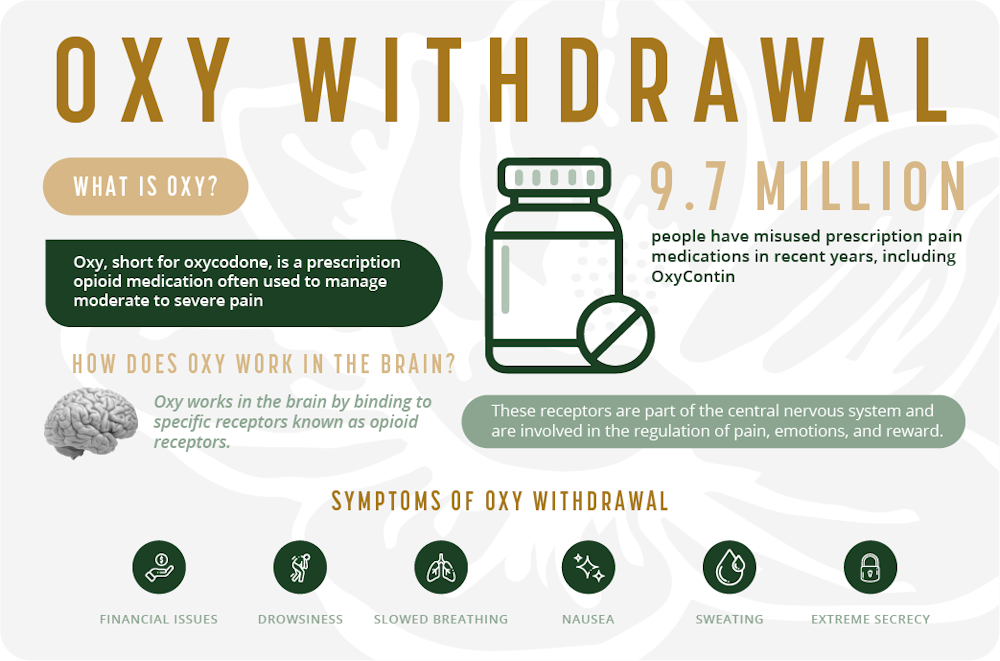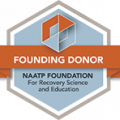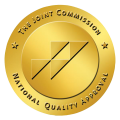OxyContin is a prescription drug that is a very powerful opioid pain medication. While it does have many beneficial medical uses it can also be incredibly dangerous due to its potency. In fact, many people who find themselves suffering from an opioid dependency or addiction got to that point through no fault of their own.
While it is relatively easy to get addicted to this drug, the same can’t be said when it comes to the recovery process. In fact, OxyContin can have serious withdrawal symptoms that can be incredibly unpleasant. That’s why it’s so important to do so under the care and supervision of trained medical professionals.
On this page, we will take a look at what OxyContin is, what it is prescribed for, and what happens if someone gets addicted to it. We will also talk about recovering from OxyContin and opioid addiction and the withdrawal symptoms associated with the recovery process, as well as what to expect.
As we touched on in the introduction, OxyContin is a highly powerful, semi-synthetic opioid. It is typically prescribed by a doctor to help treat chronic pain or severe pain from a traumatic injury or arthritis. In some cases it can even be prescribed to cancer patients to help ease some of their discomfort.
Since it is such a powerful painkiller it can oftentimes result in the person taking it developing a dependence or addiction to the substance, even if they are only taking it as medically directed. Due to the euphoric affects that it provides, it is also a popular drug to be used and abused recreationally as well.
How Prevalent is OxyContin Abuse and Misuse?
Because of the dangers of opioid addiction, it is important to know the potential warning signs of an OxyContin addiction as soon as possible so you can get the help that you need before it is too late.
Some signs and symptoms of the development of an OxyContin addiction include:
- Depression
- Panic attacks
- Anxiety
- Taking more and more to reach the desired effect
- “Doctor shopping” in order to get OxyContin prescriptions
- Taking pills from friends or family members that might have some
- Neglecting responsibilities such as work or school
- Dramatic changes in sleep and eating habits
- Constantly thinking about OxyContin or worrying about how you are going to get more of it
- Spending money you don’t have on pills
- Nausea and vomiting
- Diziness and lightheadedness
- Hypotension
- Respiratory depression
- Hallucinations
- Paranoia
- Itching and sweating
- Constipation
- Abdominal pain
If you are experiencing any of the above symptoms it is important to stop taking OxyContin and get help right away Failing to address these issues in a timely manner can result in an overdose and possibly even death.
What is Withdrawal?
Withdrawal symptoms and the severity of the symptoms can vary based on the substance or substance abuse and how strong the addiction is. Since most withdrawal symptoms are severe and unpleasant it is highly recommended that the withdrawal and detox process be one under the care and supervision of trained medical professionals so that they can monitor the person as well as prescribe any sort of medications or remedies that can help alleviate some of the physical symptoms of withdrawal.
What Happens During OxyContin Withdrawal?
Withdrawal symptoms associated with OxyContin can often start being felt as soon as 8-12 hours after the last dose of opioid medications have left the system. In most cases, the symptoms peak around the 72-hour mark and then start to subside. The severity of the symptoms are largely dependent on the frequency and dosage and have been described as being “flu-like”.
Some common withdrawal symptoms from OxyContin include:

- Muscle pain and weakness
- Restlessness
- Diarrhea
- Chills
- Shaking
- Irritability
- Fatigue
- Depression
- Anxiety
- Increased heart rate
- Mood swings
- Poor concentration
How Long Do OxyContin Withdrawal Symptoms Last?
As mentioned, early symptoms typically begin within 8-12 hours after the last dose of OxyContin leaves the system. During the first 24-48 hours you can expect to experience symptoms such as muscle aches and pains, cravings, nausea, headaches, irritability, loss of appetite, fatigue, and extreme sweating amongst others. During this window is when people are most likely to start using again as a way to alleviate some of these symptoms.
Once you have made it past the first 48 hours, that’s typically when the withdrawal symptoms hit their peak and are the most severe. In addition to the continuation of symptoms such as muscle aches, nausea, and vomiting, you also might begin to experience bouts of uncontrollable shaking and stomach cramps.
Once you have reached day 6, the majority of the opioid withdrawal will begin to become less severe or even begin to go away entirely. However, they will be replaced with more severe psychological symptoms including anxiety and depression.
By the time you hit day 8, the detox process should be fully completed. At this point though, many people continue to experience psychological effects that can last for weeks or even months such as remorse or anxiety. These psychological symptoms should continue to be closely monitored in order to decrease the risk of a relapse.
What Can Be Done To Help With OxyContin Withdrawal?
Detoxing can be done at either a local medical facility that offers detox services, a treatment center that also provides detox treatment, or a dedicated detox center like Magnolia City Detox. As mentioned, self-detox can be incredibly dangerous and can also increase the chances of a relapse.
During the early stages of the withdrawal and detox process, you might be administered a special medication to help make the entire process a little more comfortable. Some common medications that are prescribed during the detox process include:
- Clonidine
- Methadone
- Suboxone
- Buprenorphine
- Naltrexone
- Lofexidine
What Happens After Detox Has Been Completed?
OxyContin addiction treatment centers mostly around different therapies and treatments including:
- Group counseling
- Individual counseling
- Family therapy
- Medication-assisted treatment
- Relapse prevention
At Magnolia City Detox we offer residential treatment program options for individuals looking for drug abuse issues. Addiction to opioid medications generally requires a more in-depth treatment program like residential treatment since opioid substance abuse is often severe and difficult to end with an outpatient program alone.
Are You Dealing With OxyContin Withdrawal Symptoms?
If you or someone you know is dealing with an OxyContin withdrawl or addiction, contact us immediately. We provide medical detox services for all types of substances of abuse including OxyContin in a safe and comfortable environment. Once detox has been completed we will even work with you to help you to begin substance abuse treatment.

















